The South Korea Automotive Exhaust Gas Recirculation Market is characterized by a dynamic competitive landscape, driven by a combination of technological advancement, regulatory pressures, and evolving consumer demands for cleaner vehicles. As environmental concerns grow, automotive manufacturers and component suppliers are increasingly investing in innovations to enhance emissions control systems, including exhaust gas recirculation (EGR) technologies. This market is shaped by both domestic players and global competitors, each striving to develop efficient, reliable, and compliant EGR systems to meet stringent emissions regulations.
The competitive insights reveal a landscape where companies must continuously adapt to technological trends and changing market requirements to maintain their market shares.
Daewha Fuel Pump has established a strong presence in the South Korea Automotive Exhaust Gas Recirculation Market through its specialization in producing high-quality fuel pumps and related components. The company’s core strength lies in its advanced manufacturing capabilities, resulting in reliable products that meet the rigorous demands of local automotive manufacturers. With an emphasis on research and development, Daewha Fuel Pump has been able to deliver innovative solutions that enhance fuel efficiency and reduce emissions, positioning itself as a key player in the realm of exhaust systems.
The company’s ability to respond to the rapidly changing market dynamics further cements its status, backed by a robust network of partnerships with various automotive firms in South Korea.Hengst SE operates in the South Korea Automotive Exhaust Gas Recirculation Market, focusing on providing advanced filtration and cooling solutions that are critical for EGR technologies. The company has a strong market presence, known for its commitment to sustainability and innovation in filtration systems.
Hengst SE offers various key products, including EGR coolers and filtration systems optimized for reducing pollutants emitted by vehicles. The company’s strengths lie in its continuous investment in research and development, allowing it to stay ahead of emerging regulatory requirements and automotive technologies. Furthermore, strategic mergers and acquisitions have expanded Hengst SE's influence in the South Korean market, enabling it to broaden its product offerings and enhance its capabilities. This proactive approach to business development, coupled with its expertise in efficiently managing emissions, positions Hengst SE as a notable competitor in the automotive EGR sector.



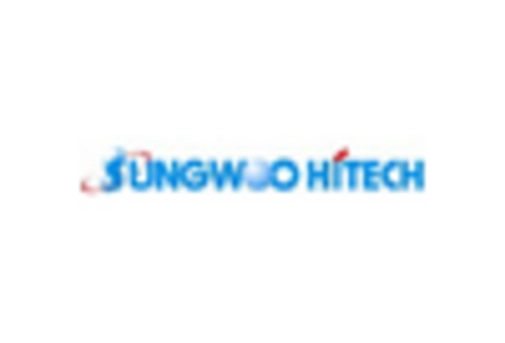
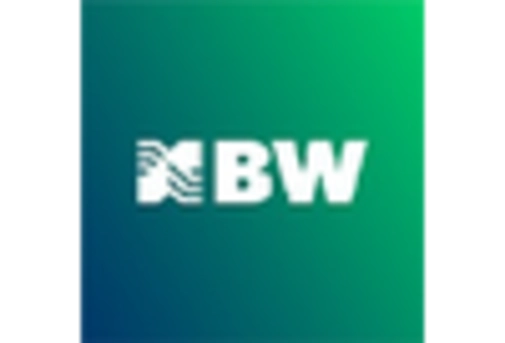
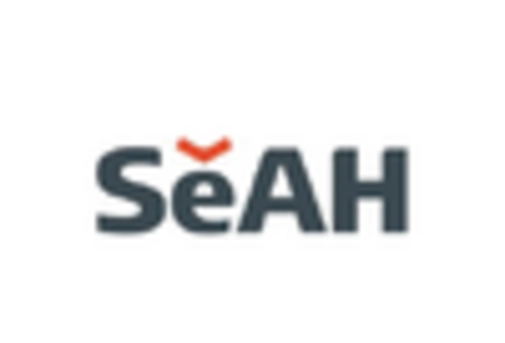
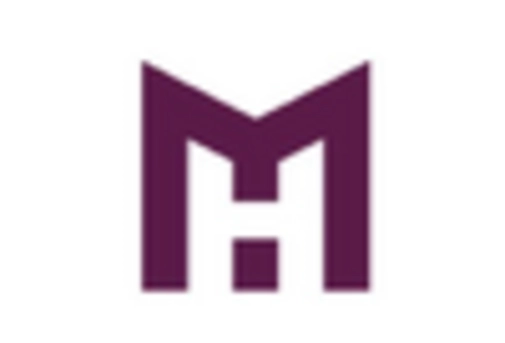
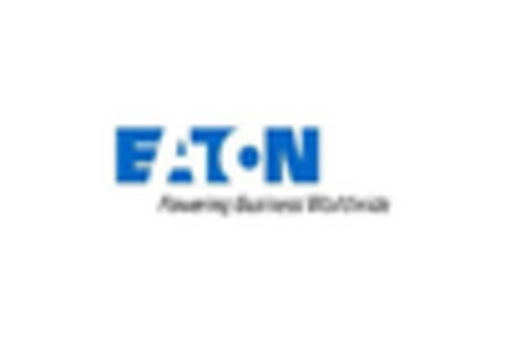
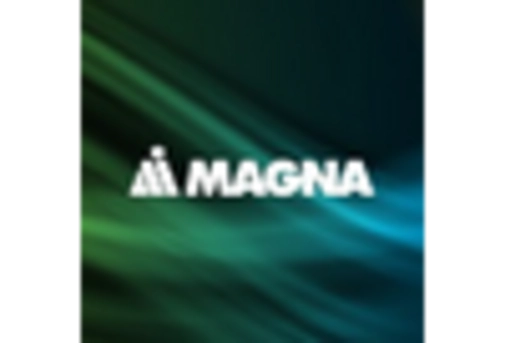
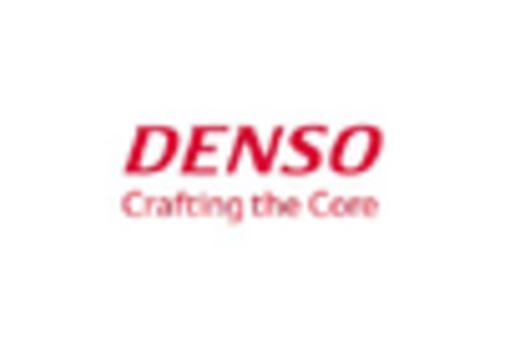
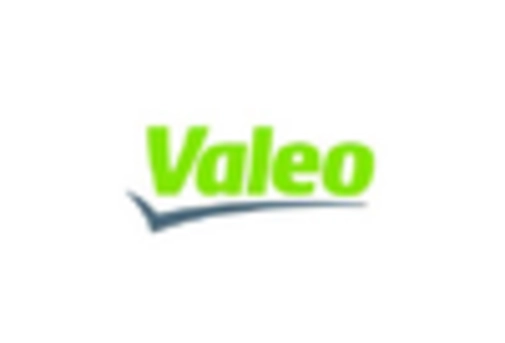
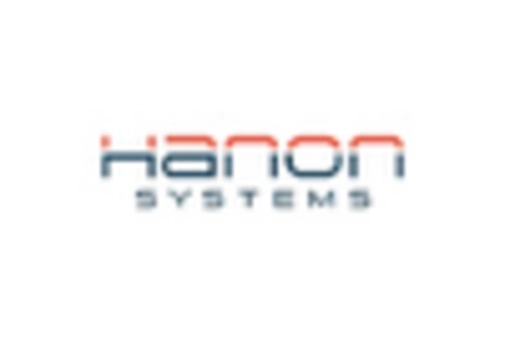








Leave a Comment